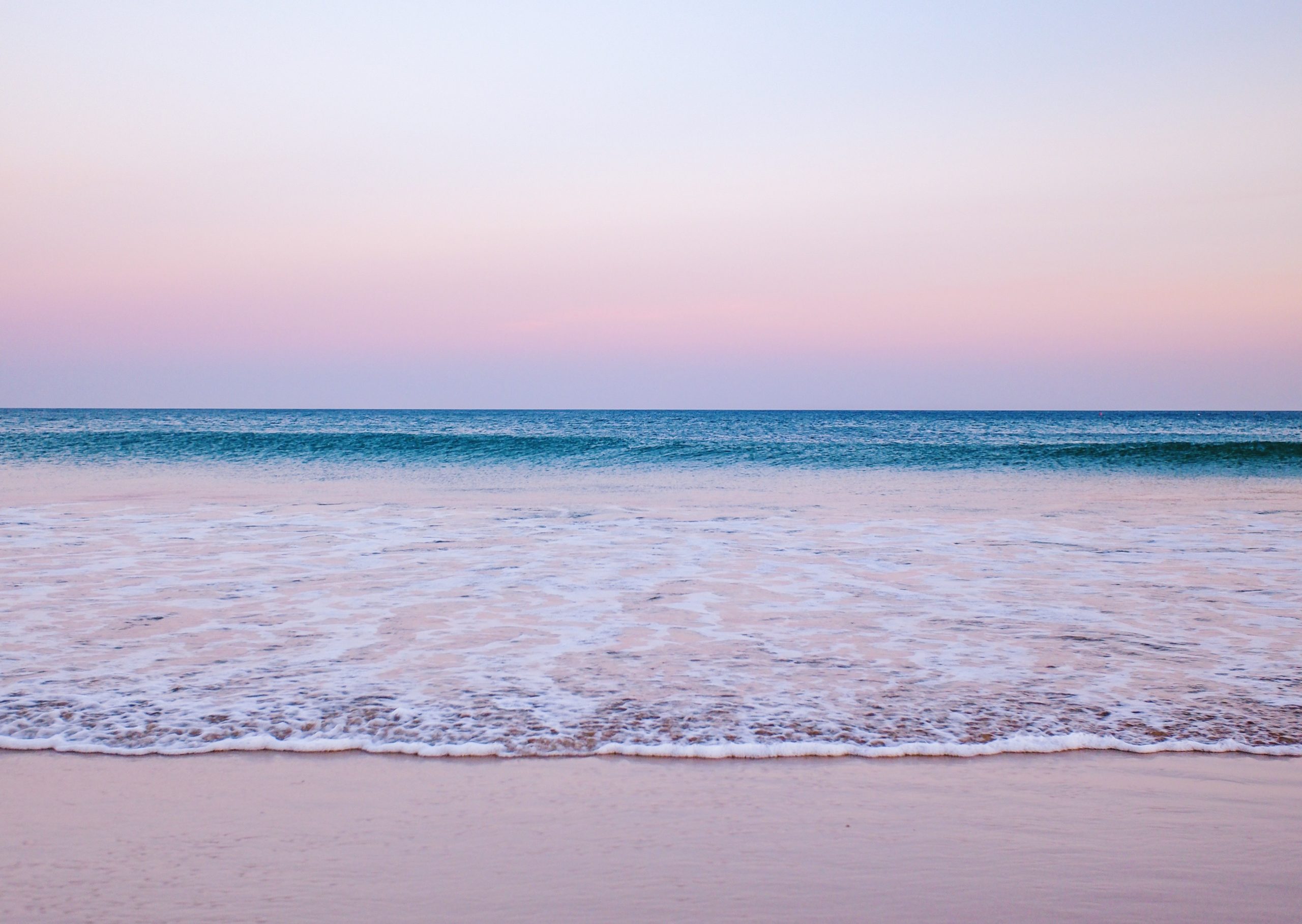
High sensation seeking is the tendency to pursue new and different sensations, feelings and experiences. The trait describes people who chase novel, complex and intense sensations, who love experience for its own sake, and who may take risks to pursue experiences.
The psychologist Marvin Zuckerman developed the original sensation-seeking scale in 1964 and outlined 4 subtypes representing the various ways sensation-seeking is expressed behaviorally.
– Thrill and adventure seeking
It can occur through adrenaline-filled extreme sports or be an activity that allows the person to conquer a challenge like running a marathon.
During new experiences, the brain releases more dopamine and less norepinephrine in high sensation seekers than low sensation seekers. The high thrill and minimal stress may drive sensation seekers to repeatedly seek out new exciting experiences.
– Novelty and New Experiences
Reading a new book, trying a new restaurant, travelling to a new destination, meeting new people
– Disinhibition
Outside of societal norms (recreational drug-taking…)
– Susceptibility to Boredom
Thrill seekers aren’t motivated by danger. They’re driven to conquer new challenges and soak up every experience life has to offer and they simply don’t let danger dissuade them. Therefore, they may not fear the risks that accompany activities like mountaineering, cliff diving, gambling or experimenting with drugs.
Despite the hazards of certain behaviours, risk-taking has value and serves an important evolutionary purpose. Without the courage to step into the unknown and potentially dangerous territories, human beings may not have flourished as a species.
The unique experiences can cultivate joy, fulfillment, and coveted memories. New adventures provide an opportunity to grow and expand one’s sense of self.
Many people can plan and overanalyze how to respond to a situation and shy away from unsettling situations whereas sensation-seekers charge headlong into the fray and trust themselves to respond accordingly. Navigating rocky terrain also instills confidence in one’s ability to conquer future obstacles. Placing oneself in an unfamiliar situation pushes a person out of their comfort zone. High-sensation seekers see potential stressors as challenges to be overcome rather than threats that might crush them.
Research suggests that excitement and adrenaline may increase attraction in the case of strangers and affection in the case of couples. It may intensify emotions and bond people together.
However, research also suggests that sensation-seekers are more likely to engage in risk-taking behaviours such as substance abuse or risky sexual bahaviours, like unprotected sex.
Studies suggest that about 30% of highly sensitive people are also high sensation seekers. High sensitivity encompasses depth of processing, overarousability, emotional intensity, sensory sensitivity. It may seem contradictory to be both highly sensitive and high-sensation seeking, however, it can be explained by their ability to deeply feel emotions and physical sensations to such an extent that they will then do anything to experience this ecstatic feeling again, even though it throws them off balance and leaves them depleted.
Risk-taking behaviours can be related to genetics, hormones, post-traumatic stress disorders and a dysregulated nervous system among other things.
A person who experienced an unstable or chaotic childhood or youth may have a nervous system used to getting intense rushes of adrenaline and dopamine. High sensations become the norm and whether pleasant or unpleasant, a person may unconsciously seek experiences that cause intense hormonal flooding as it feels familiar.
High sensation seeking may also come from an intense desire to feel. A lack of purpose, a feeling of emptiness and boredom can lead a person to seek out thrill, adventures, high sensations and possibly engage in risk-taking behaviours. High sensation seeking is in that case a way to escape from reality, from a life that doesn’t fulfill us.
The constant search for thrill and adventure can sometimes prevent us from enjoying the little things in our daily life and finding joy in the mundane. A nervous system that needs constant stimulation makes it really hard to slow down, pause, look around to appreciate our surroundings, the light, the colours, the landscapes but also to look inward and sit with ourselves. For someone who is constantly trying to get distracted, it can be painful to stand still and sit with the discomfort of feeling their emotions. However, this inner work can be the most healing experience as it opens up a way to appreciate the sacredness of the mundane and the beauty of what is. It can also shine a light on what doesn’t fulfill us, and if we’re willing to move past the initial discomfort or sadness that emerge from that realization, and it can truly ignite the desire to change what is not aligned with what our soul is craving – whether it is a job that gives more meaning to our life, a relationship that is deeper and more nurturing, a sense of connection, community and belonging, an environment that fulfills our emotional, physical and intellectual needs. Risk-taking behaviours are often a sign that a need is unmet and a way of soothing the pain, but when the unmet need is identified, we can start to take actions and implement the necessary changes into our life in order to find balance and a deep sense of fulfillment.
This past year has been a real initiation. The various restrictions and lack of distractions made it virtually impossible to escape from reality and for most of us highlighted what we would normally ignore and not pay attention to. Hopefully, however hard and unpleasant, it gave us a chance to get to know ourselves on a deeper level and motivated us to change directions and choose a different path.

Recent Comments